2023 spring batch
The only steamed green tea in China – Enshi Yu Lu
The Chinese Steamed green tea – Is it the Chinese version of Japanese Gyokuro Green Tea?
En Shi Yu Lu, translated as En Shi Jade Dew, is the only steamed green tea in China, originated from Enshi country of Hubei. It is special in its green killing method, which is being processed by steaming to stop the oxidation, the same way as the Japanese green tea. The name “Yu Lu” translated as “Jade Dew”, which comes from its characteristics of “Three-Jade” – jade-colored dry leaves with white and silvery pekoe, jade-colored liquor and wet leaves. It also shared the same name as the Japanese Gyokuro tea, both of the Chinese and Japanese character “玉露” are the same, so many people considered Enshi Yu Lu to be the “Chinese Gyokuro tea”. In fact, they have similar characteristics but are definitely not the same, as their variety and the cultivation method is totally not the same. The dry leaves of Enshi Yu Lu is tightly rolled into needle shape and in dark green colour. As it is being processed by steaming, it do taste a bit similar to the sencha-savoury notes, but it is not that strong in its vegetal notes like the Sencha, it taste more like a sweet and buttery tea, with floral, nutty, green bean, dried seaweed notes.
Grown in selenium-rich soil
Its place of origin – En Shi is a high selenium (Se) region in south-west part of Hubei, China. The area is special in its rich soil with high level of Selenium. The tea grown in Enshi is usually called as “Selenium-rich tea” – the high concentration of Selenium content was considered as having multiple positive health effects. In additions to the nutrition contents of the soil, its high mountain environment, abundant rainfall and moderate mean annual temperatures (16.4°C) also created a favorable tea growing environment. The tea grown in Enshi is considered as a gift from nature.
Making Process of En Shi Yu Lu
As a unique kind of steamed green tea, its green-killing method is “steaming”, which means using steam to inactivate the enzymes in the fresh leaves. This “Steaming” method keep the bright green color of the tea, and greatly increase the tea aroma and reduce the grassiness of the tea. The technique and temperature of steaming tea is very important, which will directly affect the quality and appearance of the tea.
The unique making method is created in Tang dynasty, involving 7 steps in the making process:
1st step – steaming the tea leaves on a wood-fired stove, usually around 45 to 50 second , and cannot exceed 1 minute. The technique and temperature of steaming tea is very important, which will directly affect the quality and appearance of the tea.
2nd step – drying the steamed leaves by fan for around 1-2 hours;
3rd step – stir-fire the leaves on a special made wood fired platform, water content will reduced to 40-50%;
4th step – rolling for shaping the tea leaves;
5th step – stir-fired on the wood fired platform again for further losing the water content;
6th step – shaping;
7th step – baking for raising the aroma. The technique and temperature of steaming tea is very important, which will directly affect the quality and appearance of the tea.
Weight per pack: 100g
Tea Farm Location: Enshi, Hubei, China
Harvest Time: Spring 2023 (22 March 2023)
Varietal: Zhe Nong 117
Tasting Notes: buttery, nutty, floral, green bean, dried seaweed, sweet
Dry Leaves Appearance: Dark green with white pekoe, needle-like
Tea Liquor Colour: Bright and clear light yellow-green
Brewing Method (Adjust with your own taste):
Gaiwan Style: 3-5g Tea| 150-200ml water (80-85°c) | 1-3 infusion : 10-15’s, After : Add 5’s each
Glass Style: prepare a tall glass, pre-warm the glass by rinsing it, fill your glass with 80-85°c water, add tea leaves (3g), let it rest for 1 minute, enjoy (Don’t drink the whole glass, left 1/3 of Tea liquor in the glass for resteeping, add 30’s each time)
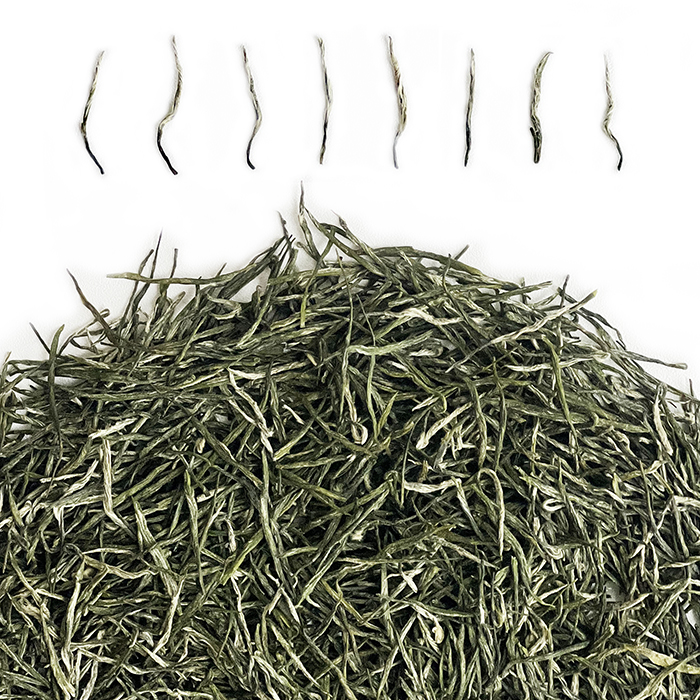
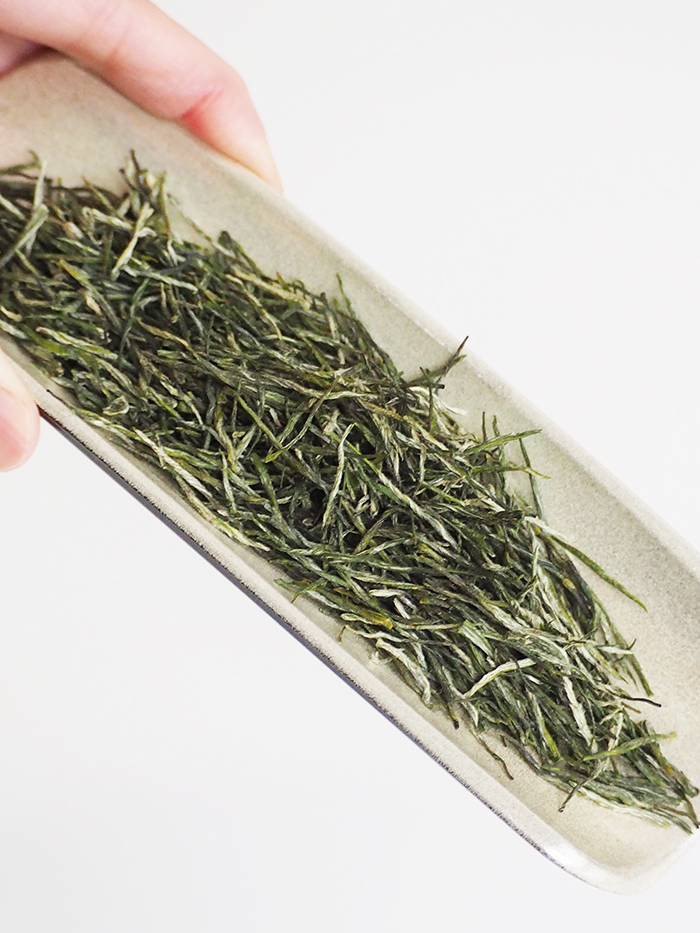
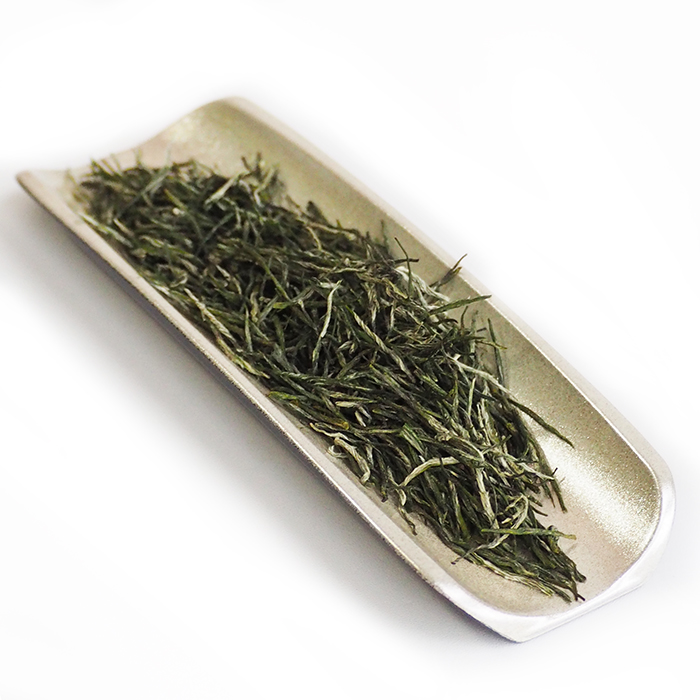
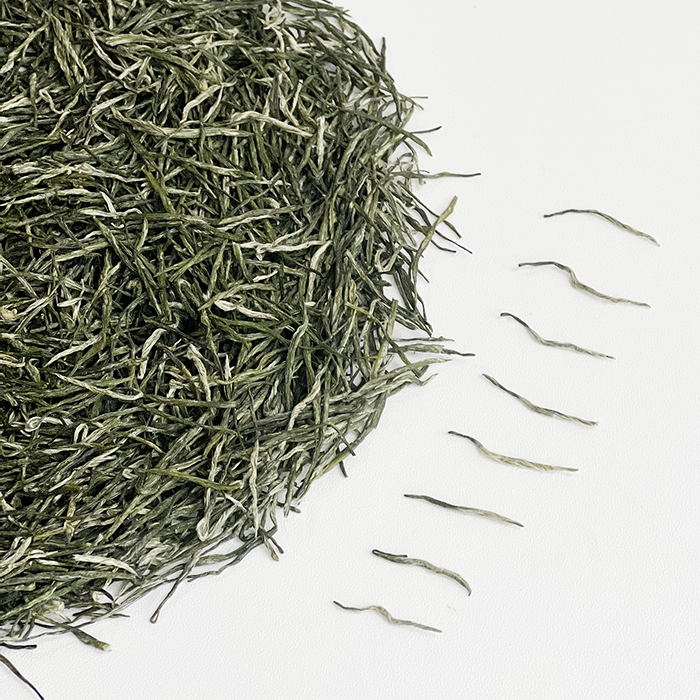
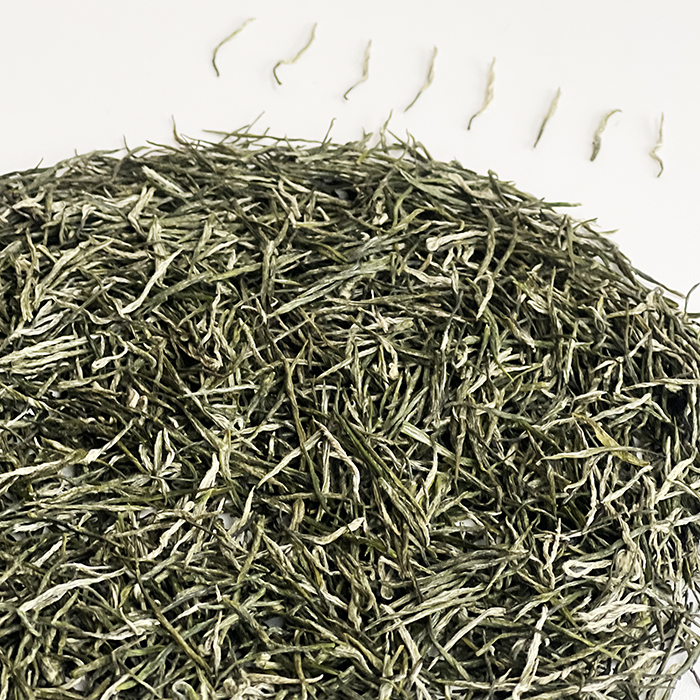
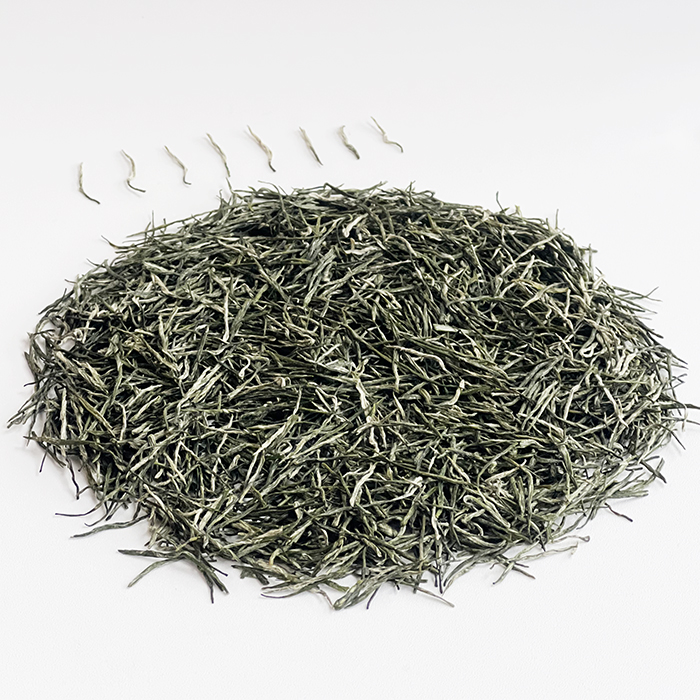
 If you purchase this product you will earn
If you purchase this product you will earn 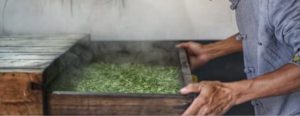
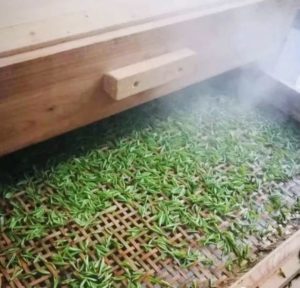
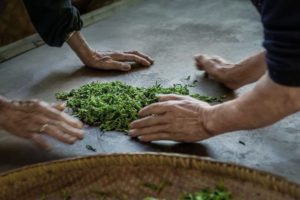
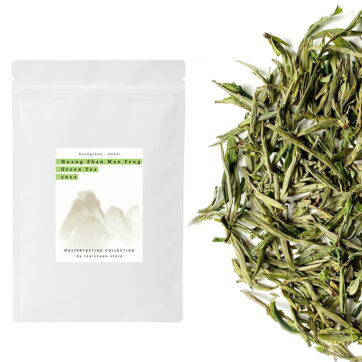
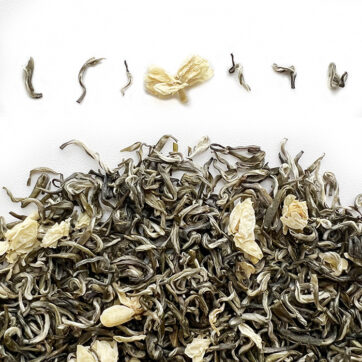
![[Available now - 10% off] 2025 Yunnan Cui Ming Emerald Green Tea](https://teaintown.store/wp-content/uploads/2025/03/img_0183-1-362x362.jpg)
![[Available Now - 10% off] 2025 Dong Ting Bi Luo Chun Green Tea](https://teaintown.store/wp-content/uploads/2025/03/img_0189-1-362x362.jpg)